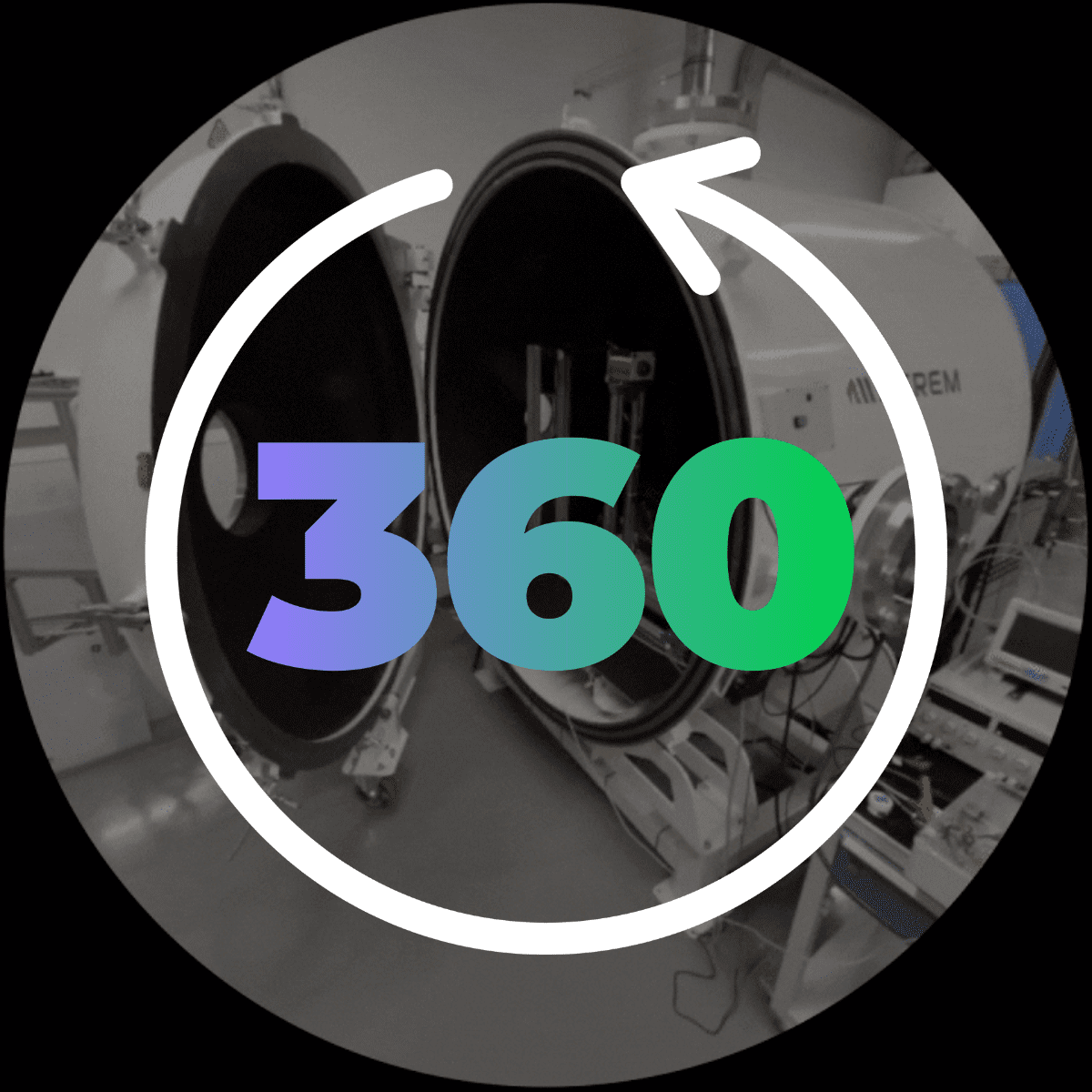key competence
high reliability energy
The core of our competence center is the challenge of transport electrification, and, more generally speaking, the increase in energy density and electronic functions miniaturization (be them digital or power). This results in the massive insertion of commercially off-the-shelf components (COTS) and the underlying technologies into the supply chain of high-end applications such as automotive, aeronautic, and space alike.
Owing to the prowess of consumer electronics, these technologies are introduced in demanding markets such as defense and aerospace. The main challenge hindering their deployment in these severe environment operations is to assess their reliability (qualification, failure rate, and service lifetime), or more properly speaking their “dependability”*. Through our research, we aim to lay down innovative resources (tools and methodologies) and dedicated expertise (experimental and numerical means) to meet the challenges of this changing paradigm.
*Avizienis, J.-C. Laprie, Brian Randell, and C. Landwehr, "Basic Concepts and Taxonomy of Dependable and Secure Computing," IEEE Transactions on Dependable and Secure Computing, vol. 1, pp. 11-33, 2004
The core of our activities is represented by the fundamental knowledge and understanding of the underlying Physics of Failure (PoF) or/and the Physics of Fault. This knowledge is used to tackle critical technical and scientific locks such as “appropriate” testing and characterization expertise (how-to-test) which, in turn, are essential to assess robust and margin-aware design rules (how-to-design). Through this approach, support for obsolescence management, virtual prototyping and qualification, and certification activities can be envisioned for COTS components based on emerging technologies which are characterized by increasingly higher complexity, and shorter development and lifecycle.
COTS components based on emerging technologies can be dedicated to different functions: electrical power (non-propulsive and propulsive), digital (calculation and memory), analog (radio communications and radar detection) and optics (communications and detection), storage and energy sources (batteries, fuel cells, and supercapacitors).
Our approach is essentially based on the analysis, understanding, and modeling of failure/fault mechanisms induced by the combination of usage driving conditions (stimulus) and working environmental parameters, which may be extreme and include electromagnetic compatibility (EMC), and natural radiation immunity.
R&T fields
RELIABILITY
- Digital components (FinFET, FDSOI, etc.) and power (SiC, GaN, etc.);
- Energy source and storage (batteries, fuel cells, and supercapacitors);
- Electronic/electrical assembly and interconnection (QFN, BGA, 3D-TSV, embedded PCB, etc.).
This includes:
- Understanding of failure mechanisms;
- Understanding and modeling of particle/matter interactions;
- The creation of reliability models;
- Improving tools for derisking emerging technologies (e.g., end-of-life and robustness prediction based on:
- Existing methods and standards (IEC 61709/61508, FIDES, JEDEC, etc.);
- Models that take into account aging, different failure mechanisms and multiple constraints (e.g. Failure Risk Assessment Methodology "FRAME"**).
** Guide for the selection of Deep Sub-Micron (DSM) for aeronautic equipment - Semiconductors lifetime” - Réf : GIFAS/2015/5022 - Décembre 2015
EMC: PREDICTIVE BEHAVIOUR OF AN ELECTRONIC BOARD (EMISSION AND IMMUNITY)
- Management by digital simulation of component obsolescence;
- Modeling of equipment and normative test benches in emission and immunity (ISO, CISPR25, DO160)***;
- The creation of EMC models of integrated circuits, investigation tools, and design assistance;
- Obsolescence management/investigation using near-field measurements.
*** ISO: International Organization for Standardization | CISPR25 : International Special Committee on Radio Interference | DO160 : International Technology Roadmap for Semiconductors
IMMUNITY TO NATURAL RADIATIONS (NEUTRONS, PROTONS, HEAVY IONS, ETC.)
- understanding of the mechanisms of radiation-matter interactions;
- Modeling and estimation of operating margins (i.e. SOA);
- Development of innovative methodologies for characterizing immunity to natural radiation by X-ray and pulsed laser;
- Modeling the sensitivity of emerging technologies (DSM, WBG, etc.) by numerical simulation (i.e. TCAD).
Our offer
- Expertise (state-of-the-art, technical syntheses, databases, and focused/advanced know-how)
- Cost-effective methodologies
- Guidelines, strategic view, best practices
- Innovative/unique/specific/differentiating technological platforms (customized and trade tailored)
- Contributions to TRL (technological maturity)
- Exploitation and dissemination: patents, publications, press, conferences, white papers, training (seminars, dedicated days, tutorials, workshops, and summer schools)
ROAD MAP
2020 > 2025


Si notre centre de compétences vous intéresse,
téléchargez librement et gratuitement
4 documents PDF contenant des détails additionnels.
contact us
Contact our platform experts team




